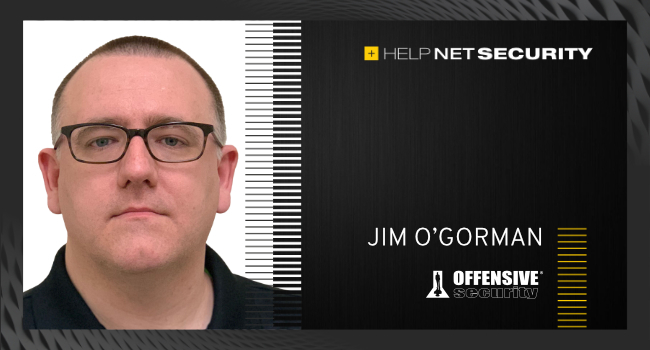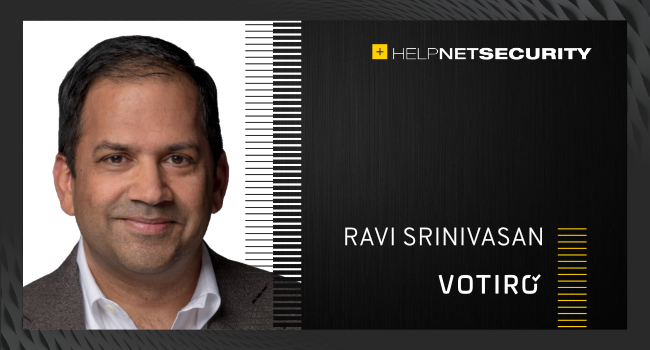Kali Linux: What’s next for the popular pentesting distro?
If you’re interested in penetration testing and digital forensics, you know that Kali Linux is worth a try. And if you’re already doing it, chances are good you are already using it.
We talked to Jim O’Gorman, Chief Content and Strategy Officer at Offensive Security (OffSec), about the direction in which the development of the open-source distro is headed.

[The answers have been edited for clarity.]
Kali Linux keeps growing and improving. How much does user feedback influence where you want to go next? What do users want the most?
Two questions drive Kali’s development:
1. What needs to be done to ensure that Kali Linux is the best possible platform for professional and hobbyist information security work?
2. What needs to be done to ensure that Kali is the best possible platform for information security training?
There is a lot of overlap between those two questions, but realistically they are separate and distinct items. However, by getting them both right on a single platform, we create an environment where people can train, study, and learn, but also use the same platform for real-world efforts. In essence, it means that you train like you fight.
The answer to the first question is driven by input from the Kali and OffSec teams. As infosec professionals ourselves, what are the things we run into on a day-to-day basis and how do we make our life easier by ensuring the toolset is of the highest quality possible? We also work closely with OffSec’s pentesting team.
We also listen to input from other Kali users. Kali is a totally open-source project and anyone and everyone can pitch in and contribute. And they do! If you wish a tool to be included in Kali, package it and submit it! If you wish a configuration worked a certain way out of the box, modify the package and submit the change. It’s very direct and easy to do, and it is in our documentation. Anyone – regardless of their background – can play a part.
The second way users influence development is through bug reports, feature requests, and conversations on OffSec’s Discord and other social media. The Kali team is out there as part of the infosec community – talk to us and let us know what you are…




